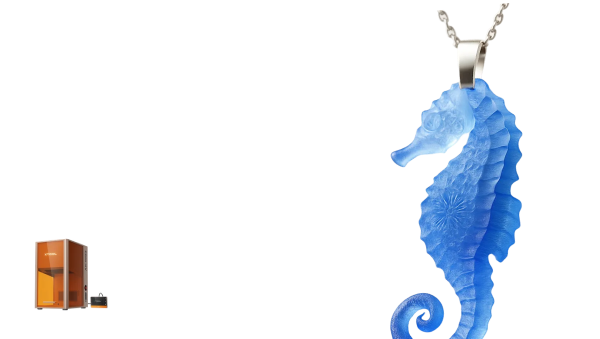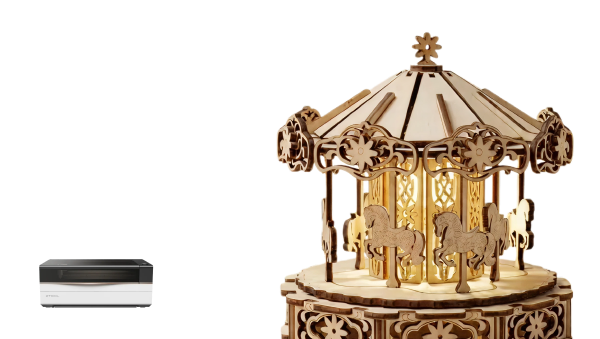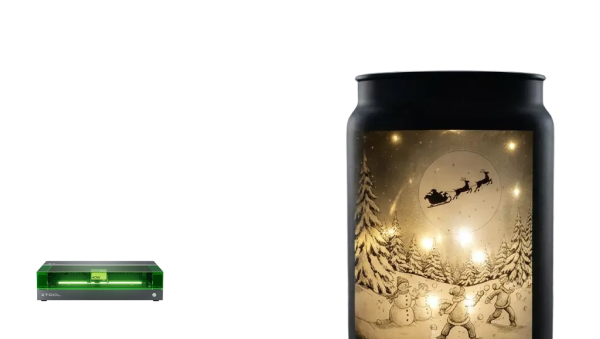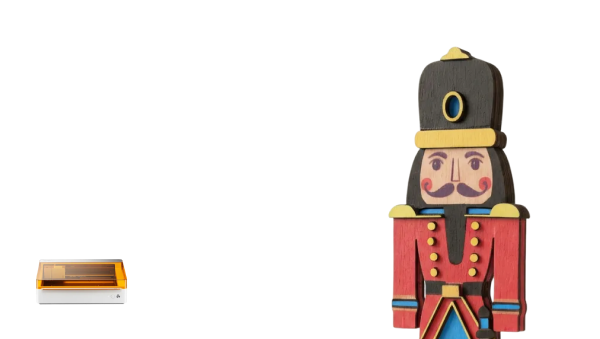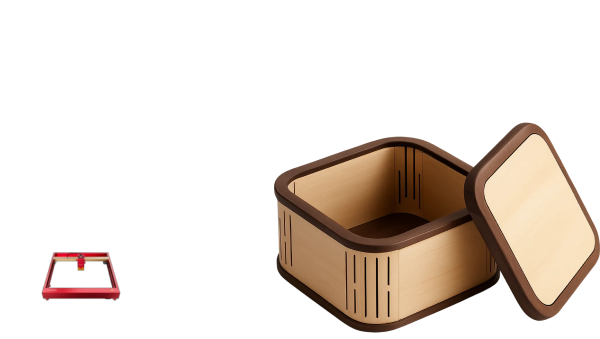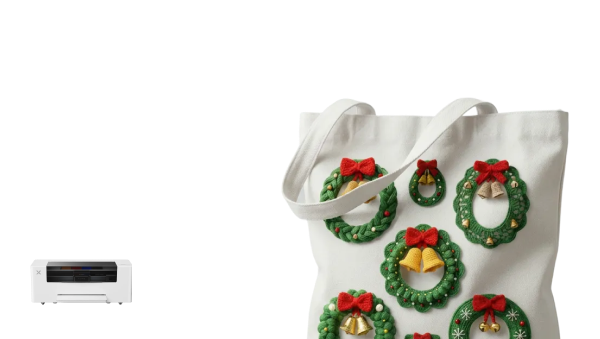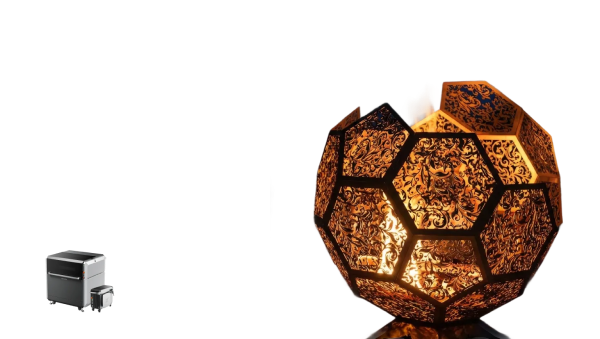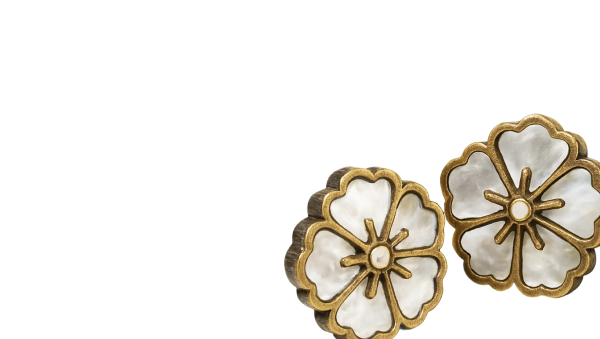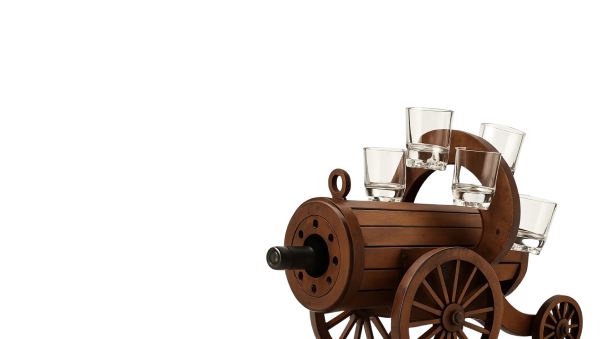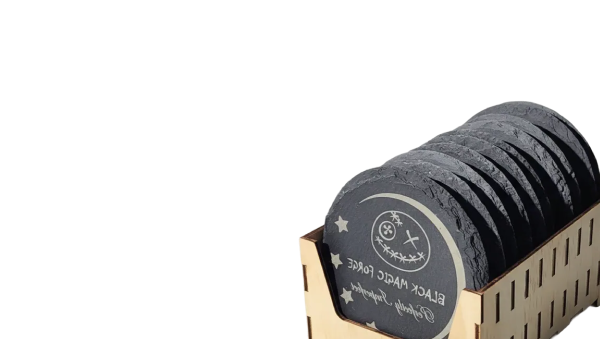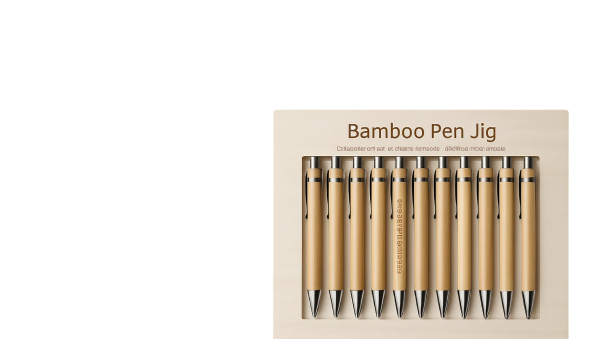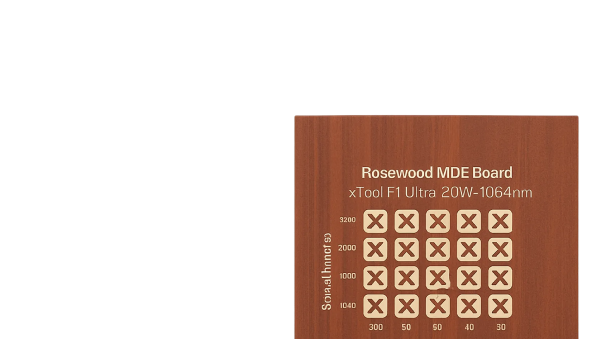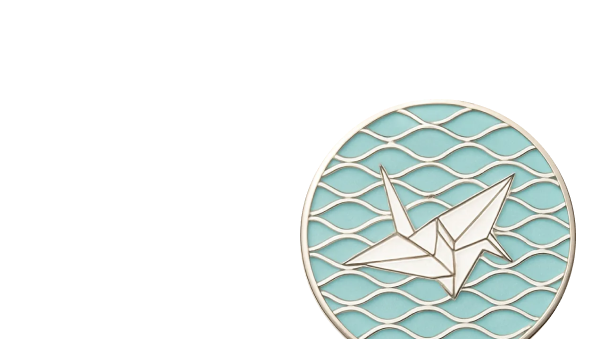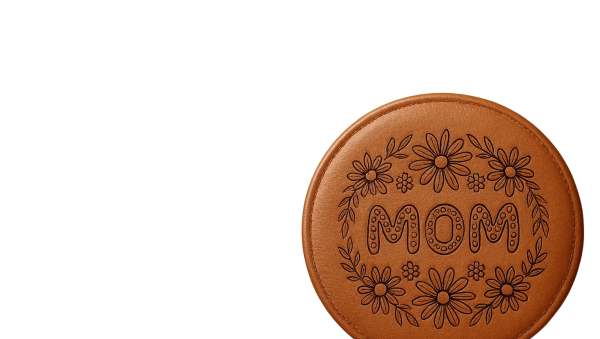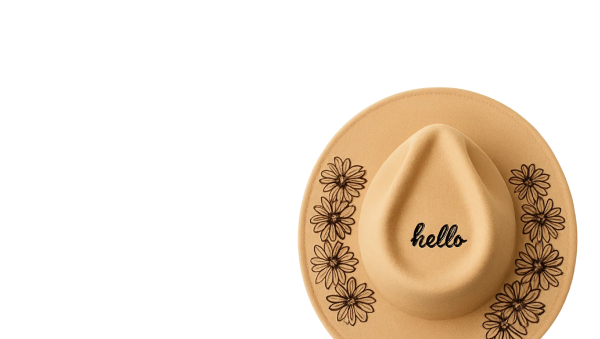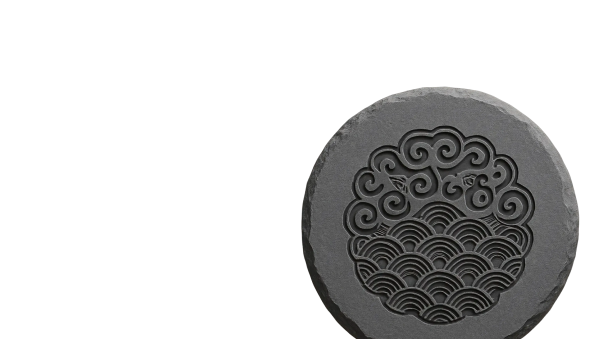![[Laser cut and engrave] Tiny Bezel Set Flower Pendants](https://image-res.xtool.com/ali-res/community/making/24c25096-153c-4615-b4b8-ce39776a5ad5/10350392-CF3F-4FE5-96BC-8736AAD8E741.jpeg?x-oss-process=image/resize,w_1200,h_900,limit_0/interlace,1/format,webp/auto-orient,1)
Tiny Bezel Set Flower Pendants
Information
I absolutely love spring, and most of the jewelry I make incorporates flowers, so I was looking for a fun way to incorporate tiny polymer clay flowers into an easy project. These polymer clay slices also come in fruit shapes, which are super cute. I was so inspired I spent hours on YouTube learning how to make my own…wish me luck!
This project is intended for ages 12+, and I would highly recommend adult supervision. The polymer slices are tiny and look like candy, so young children might try to eat them. Also, the solvent cement REQUIRES adequate ventilation. The project can also be done with Super Glue, which is safer if ventilation is not easily achieved.
This version uses transparent acrylic, which works with the P2, but you could also use opaque acrylic on any other xTool laser cutter.
Instruction
Step1: Preparing for the Project
IMPORTANT NOTE ABOUT SOLVENT CEMENTS: Weld-on cements have a very strong odor and can only be used with adequate ventilation because the vapors are harmful. Weld-on is also flammable, so keep away from any heat source or flame, including use in an environment where there might be a pilot light, like in a basement.
If doing this project with children, I’d recommend assembling the frames beforehand. You could also use a Super Glue-type cyanoacrylate glue, like DAP Rapid Fuse Super Glue.
Using a very fine needle applicator bottle is important because the Weld-on #4 solvent cement is very thin/runny. Needle bottles from craft suppliers have needles that are too large, and the cement will come out too quickly. Applicator bottles are available with a 25-gauge needle for precision. For a better explanation of how to use this special cement, do a quick Google search on “how to weld acrylic,” or check out the video in the last section.
Weld-on #4 can also be found at local plastics suppliers for around $15 USD. On Amazon, or online, expect to pay more for shipping. Because it is flammable, it will have to be shipped ground, so it may take a little more time, and they will charge more for shipping.
- Open the Weld-on solvent cement container. It may require a pair of channel lock pliers to unscrew the cap, then use a nail to gently punch a hole in the metal top.
- Using a small funnel if available, or even a medicine dropper, transfer a small amount of Weld-on into the needle applicator bottle. This is best done outside. Cap the applicator if one is provided. Set this aside.
Protect your work surface. Use an old cutting board, cookie sheet, or silicone mat designed for crafts or resin. Place waxed paper or parchment paper on top when using resin or cement. The cement and resin WILL damage furniture or even solid surface countertops.
Step2: Cut the Acrylic Parts
I used the default settings within Creative Space for cutting and scoring. I also like to mix things up a bit…my examples use a glitter cast acrylic, but you can use opaque acrylic or transparent colors. A black backplate with a black bezel looks dramatic, or I’ve used a transparent smoke gray bezel on an opaque background. I’ll usually cut a set on one color, cut a set on another color, and mix them up.
- Place the desired acrylic sheet into the machine, then open the Creative Space file. I’ve included files for a small circle pendant (Circle Frames.xcs) and two sizes of rectangular frames (Rectangular Frames.xcs). These files already have defined the lines as “cut” or “score” lines.
- Position the pendant parts on the sheet, and duplicate if desired.
- Follow the machine’s instructions to cut the frame and backplate.
Step3: Assemble the Pendant
I’ve used glitter transparent acrylic for this project, but you could also use wood. We’ll focus on acrylic in this step, but check the final section for pointers if you’d prefer a more natural look using 3mm wood.
- Peel the backing from the acrylic components.
- Locate the side with the scored line, and place the backplate on a piece of waxed paper with this scored side facing up.
- Place the bezel (the open frame) on the backplate, and align it with the scored line.
- Using the applicator bottle, holding it with the needle up, squeeze air out of the bottle, then turn it over and apply one drop at the joint between the bezel and the backplate on the inside of the bezel. Refer to the video in the “Preparation” section for a detailed explanation. The cement will draw itself under the bezel and around the piece.
- You will have a minute or two to make adjustments to the position if necessary. Try not to touch the sides, instead, move the bezel from the top, or use a toothpick or wooden skewer to adjust. If too much cement is used, do not remove it; just let it dry. If using a clear acrylic, it may turn a little white. This will disappear when we add resin.
- Let this piece set for at least about 30 minutes, or leave it overnight.
If using Super Glue, apply a very small amount to the back of the bezel, then attach to the backplate.
Step4: Adding the Polymer Clay Slices
I am fascinated with these tiny polymer clay slices. They come in different designs, like fruit, holiday themes, or flowers. If you’re up for the challenge, there are lots of polymer clay tutorials on YouTube; just search flower cane tutorials to learn more.
- Select several clay slices and try different arrangements. I like to use one of the frames to test the layout. You will be able to stack slices, but too many may look cluttered.
- Place a single drop of resin on the waxed paper or parchment. When placing the polymer clay slice, we’ll touch the back to this drop to coat the backside. This will prevent air bubbles.
- Add 1-3 drops of UV curing resin inside the bezel of the pendant, depending on the size of the pendant. For the small circle, I used one large drop. For the rectangle, I used two drops. Carefully use the to spread the resin in the bottom with the toothpick or skewer, making sure to work the resin into the joint at the bottom where the bezel meets the backplate, popping any bubbles that may show up.
- Using tweezers, coat the back of one of the slices, and place it inside the bezel, repeating for each slice. If placing slices on different layers, only place the slices for the first layer.
- Use the needle or pin to pop any bubbles. You may also try breathing on the resin; the carbon dioxide from your breath may bring bubbles to the surface.
- Use the UV light to harden the resin, according to the manufacturer’s instructions. UV nail lamps are available, or I use a UV flashlight. After curing the front, flip the pendant over and cure the back as well. This should take 60 seconds or less.
- Add another layer, repeating steps 3 through 6. The resin “drop” will have hardened with the UV light, so add another one before adding more slices.
- After all slices are placed, add several drops of resin, until the resin reaches just below or at the top of the bezel. Cure the resin completely with the UV light, up to 1-2 minutes.
- Carefully touch the surface with your finger to ensure it is hardened.
Step5: Assemble the Necklace
We’ll be using chain nose pliers to open and close the jump ring. Unlike needle nose pliers you might find at a home improvement store, chain nose pliers do not have teeth, so they won’t mar the metal jump ring. Reasonably priced kits like these are also available that have a pair of chain nose pliers and bent nose pliers—using both will make this much easier.
One of my favorite cords to use with these are called Silkies…I get them on Amazon, or at local craft stores. They are rubber cords with a very easy clasp.
- Using the chain nose pliers, open one of the jump rings. Instead of pulling the ring apart, twist so it opens like a gate.
- Attach the jump ring to the loop in the pendant. Use the chain nose pliers (and bent nose pliers if you have them) to close the jump ring.
- Run the cord or chain through the jump ring.
If you can’t run the cord through the jump ring, consider using a slightly larger jump ring, or while the jump ring is open, place the cord or chain in the open ring, then close it with the pliers. I’ll add a quick video for this…stay tuned!
Congratulations! Your pendant is complete.
Step6: Other Resources
Step7: Alternate Wood Version
An alternate version can be created with 3mm basswood or other hardwood. I enlarged the files slightly in XCS before cutting.
- Use a stain touch-up pen such as this Honey Oak Minwax stain pen. Work on wax paper, and be sure to have adequate ventilation. Stain both sides of the backplate, but leave the back of the bezel unfinished.
- Let set for a few minutes, then wipe off excess with a paper towel. Repeat as necessary to achieve the desired color.
- Let this dry for an hour or so.
- Place the pieces in a large, flat cardboard box. Use a light spray of polyurethane to coat the top side of the pieces. Let dry completely (an hour or so).
- Add resin and polymer clay slices, and cure.
- When completely cured, turn the pendant over, and apply two thin coats of polyurethane, allowing to dry between coats. Let dry completely.
- Add the polymer clay slices and resin as described earlier.
- Assemble the pendant.
